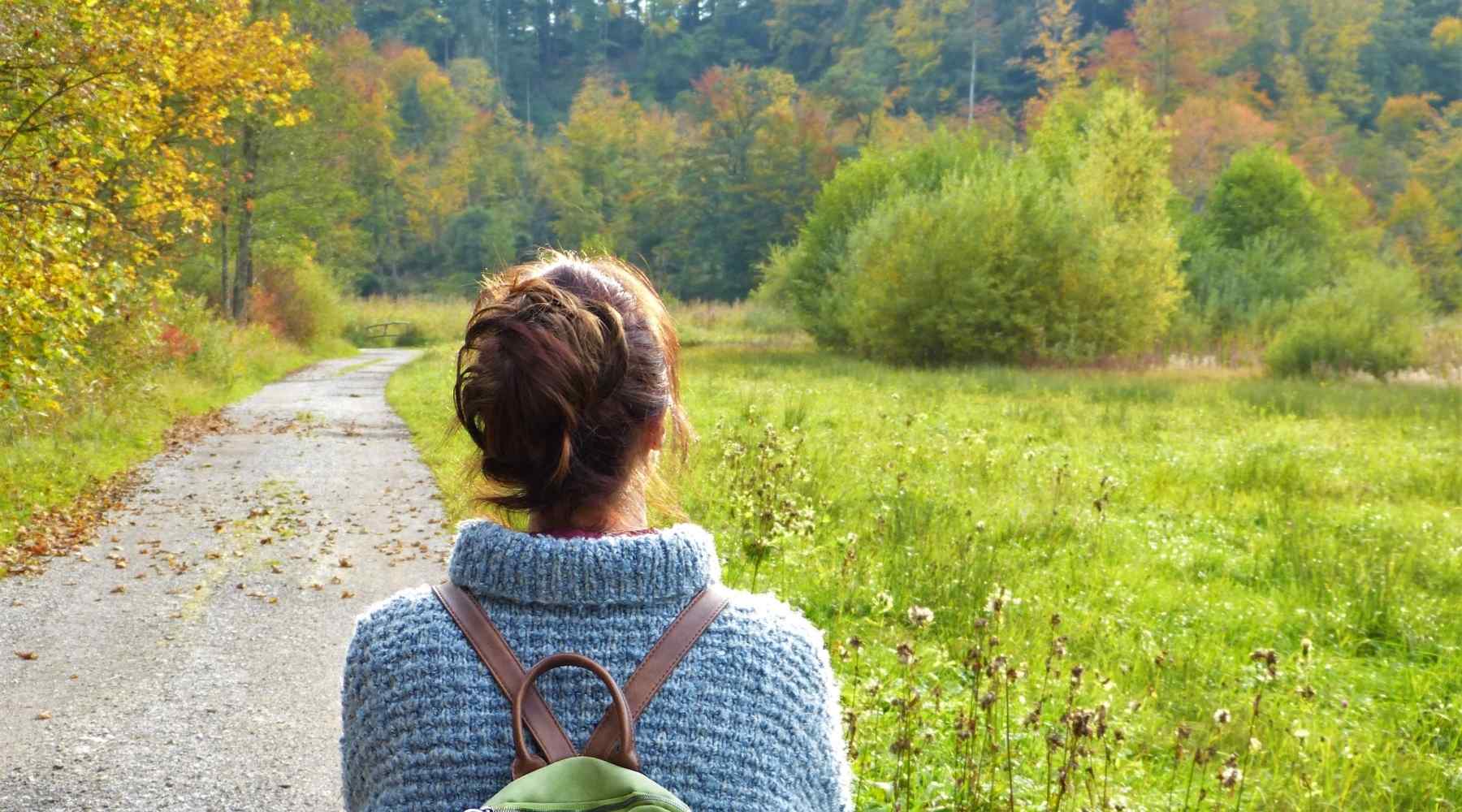
Barefoot vs. Minimalist Shoes: Finding Your Perfect Fit for Natural Movement
Have you ever kicked off your shoes and sighed in relief, relishing the freedom of your toes wiggling in the sand? That's the barefoot experience in a nutshell. But what if you could translate that feeling into your everyday footwear? Enter barefoot shoes and minimalist shoes, designed to mimic barefoot walking and running for a more natural movement experience.
Barefoot Shoes: Mimicking Nature's Design
Imagine a second skin for your feet. Barefoot shoes are exactly that: ultra-thin, flexible footwear that prioritizes a barefoot feel. Here’s what defines them:
- Minimal Cushioning: Barefoot shoes ditch the bulky soles found in traditional shoes. They often have a thin layer of puncture protection, but the goal is to feel the ground beneath your feet.
- Wide Toe Box: Unlike the pointy confines of traditional shoes, barefoot shoes have a wide toe box that allows your toes to splay naturally, promoting better balance and stability.
- Zero-Drop Sole: Barefoot shoes have a flat or "zero-drop" sole, meaning the heel and forefoot are at the same height. This encourages a more natural foot strike, similar to how you'd walk barefoot.
- Flexible Soles: The soles are highly flexible, enabling your feet to move freely and naturally.
Barefoot shoes are great for improving foot strength, promoting better posture, and allowing for a more natural gait. They are often used for activities like walking, running, and everyday wear.
Minimalist Shoes: Bridging the Gap
Minimalist shoes offer a middle ground between traditional footwear and barefoot shoes. They share some key features with barefoot shoes:
- Thin Soles: While not as minimal as barefoot shoes, minimalist shoes have significantly less cushioning than traditional shoes, allowing for greater ground feel.
- Wider Toe Box: Similar to barefoot shoes, minimalist shoes offer a wider toe box for improved comfort and foot function.
- Low Heel Drop: Minimalist shoes often have a low heel drop (typically 4mm to 8mm), encouraging a more midfoot strike compared to traditional shoes.
- Lightweight Construction: These shoes are generally lightweight, making them suitable for various activities, including running and gym workouts.
Barefoot vs. Minimalist: Understanding the Differences
So, how do you choose between barefoot and minimalist shoes? Here’s a breakdown of the key differences:
- Cushioning: Barefoot shoes offer minimal to no cushioning, while minimalist shoes have a thin layer of cushioning for added comfort.
- Sole Flexibility: Barefoot shoes are highly flexible, mimicking the natural bend of your foot. Minimalist shoes can vary in flexibility, but they are generally more flexible than traditional shoes.
- Intended Use: Barefoot shoes are ideal for low-impact activities like walking, yoga, or light gym workouts. Minimalist shoes can handle a wider range of activities, including running, hiking, and even some sports.
Benefits and Drawbacks: Weighing Your Options
Both barefoot and minimalist shoes offer potential benefits:
- Improved Foot Strength and Proprioception: By engaging your foot muscles more, these shoes can lead to stronger feet and better balance.
- More Natural Movement: The minimalist design allows for a more natural gait, potentially reducing stress on your joints.
- Increased Comfort: The wider toe box and flexibility can provide a more comfortable experience for some people.
However, there are also drawbacks to consider:
- Transition Period: Switching to barefoot or minimalist shoes can take time for your feet to adjust, potentially leading to some discomfort initially.
- Terrain Limitations: Barefoot shoes might not be suitable for rough terrain or environments with potential hazards.
- Not for Everyone: People with certain foot conditions may not be suitable candidates for barefoot or minimalist shoes.
Finding Your Perfect Fit
Ultimately, the best choice between barefoot and minimalist shoes depends on your individual needs and preferences. Consider your activity level, desired level of cushioning, and any existing foot conditions. Consulting a podiatrist or experienced shoe salesperson can also be helpful.
Ready to embrace a more natural movement experience? Take your first step towards natural movement with Pelanir and explore our collection of genuine leather barefoot shoes.


